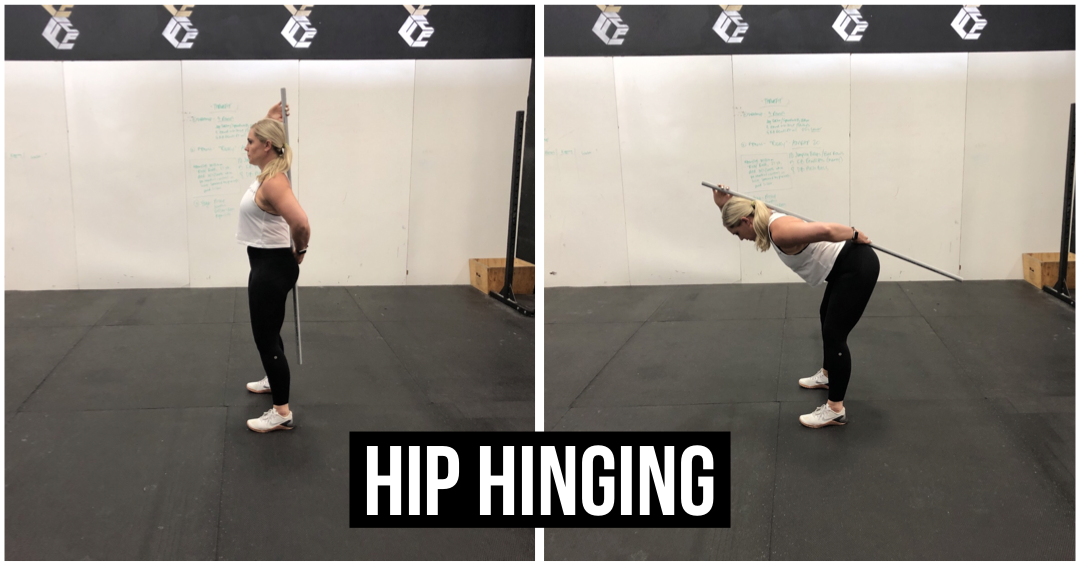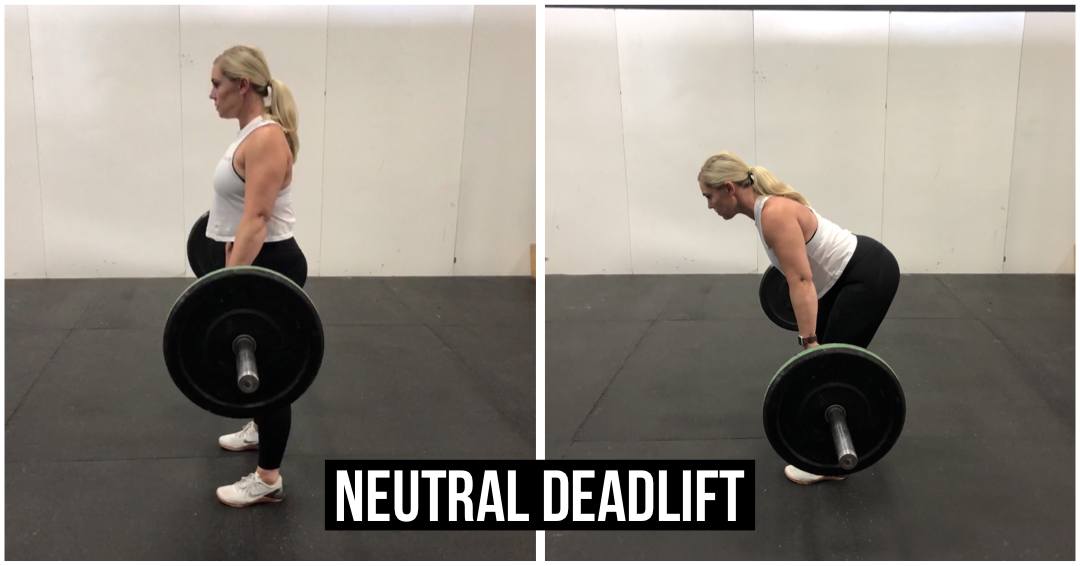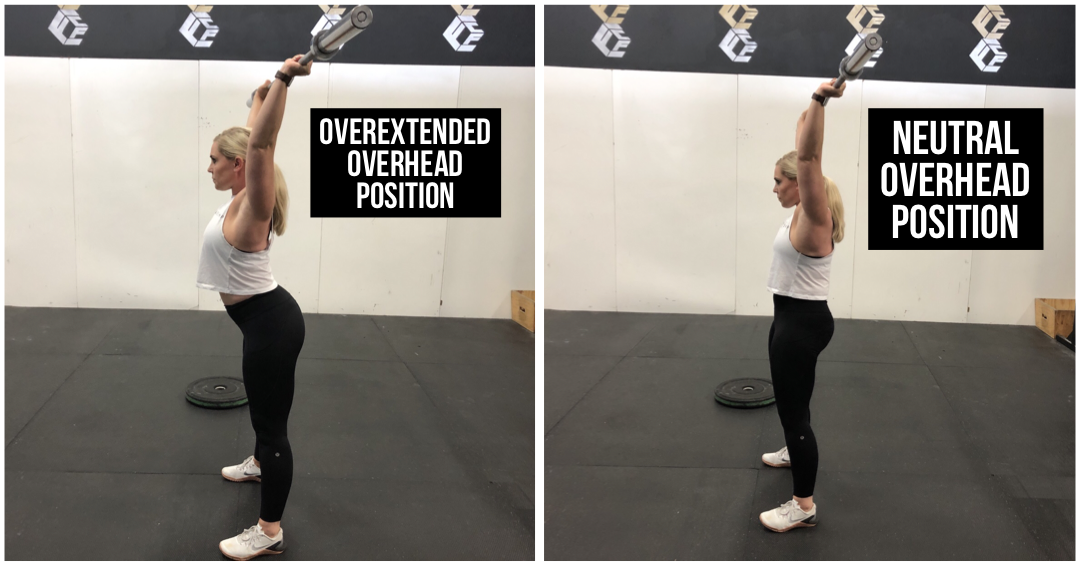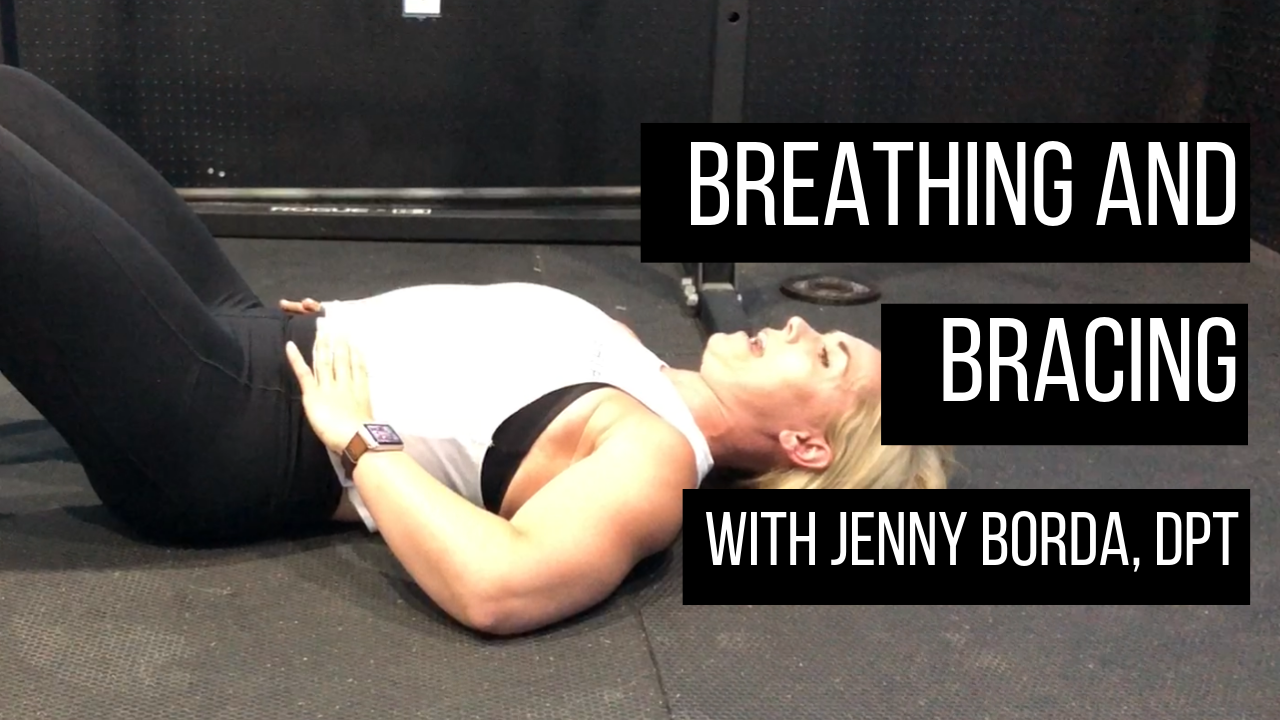How To Be Stronger & Protect Your Back: Breathing and Bracing
Who out there get some back soreness (or maybe even injury or pain!) with movements like squatting or deadlifting?! Well, it’s pretty common, but luckily often preventable! Dr. Ulm and our friends at Columbus Chiropractic brought this to my attention years ago as I was definitely one of those people. The things we will talk about today changed my ability to perform as an athlete as well as changed how I treat back injuries as a physical therapist!https://www.youtube.com/watch?v=SqYLYA8b3A8&feature=youtu.beSo how can we work on being in better positions and using our body to be strong, stable, and stay injury free?
1. Breathing!
Sounds simple, we should all be breathing, right? (You are in big trouble if you aren’t!) But...how you breath is really what we care about! Working on taking a good breath and feeling your lower stomach, sides, and back expand on that inhale is what we are looking for. A little anatomy for you …. this happens as the diaphragm contracts and moves downward, allowing room for the air in your lungs and as a result increasing your intraabdominal pressure, which then can help protect your spine! To work on this we recommend starting laying on your back. Work on drawing your rib cage down and press into your sides with your hands or fingers. As you inhale you should feel that midsection expand. We don’t just want your stomach to rise, we want full 360 deg expansion and NO rib or chest rising! Once you get it you can work on it in other positions (like sitting and standing) as well as incorporating that into your lifting and workouts. Another layer of this would be practicing maintaining this pressure when you exhale, which can be especially helpful during lifting! 2. Positioning! This goes hand and hand with breathing and one will help the other! We want to create a good, neutral lumbar position, and be able to maintain that throughout our movement. It’s commonly known that people do not want to get into a rounded/flexed position with movement like squats and deadlifts, but did you know that over arching can be equally as dangerous?! For many people they are avoiding that flexed position and in return really arching their low back, compressing their spine and overusing their lumbar paraspinals (those are those little muscles next to the spine...lots of people have ones that are overdeveloped #sharkfins). This all begins with starting in good position, for most people that is thinking about bringing the rib cage down and possibly slightly rolling the hips under. Now we already talked about not rounding your back, so you are just doing this to get to a nice neutral position, which is a slight arch in your low back. This position you should be able to maintain through the entirety of your deadlift, squat, or overhead lifting. Mobility might make it difficult for you to do, but that just means that your mobility should be improved so that you can stay in a better position. A great way to start working this position is by just practicing a hip hinge. You can use a PVC on your back to help you feel if you are able to maintain that position. Also, the use of a mirror or videoing yourself can help you understand if you are keeping these positions. Once you understand that hip hinge you can incorporate into your lifts!
Once you understand that hip hinge you can incorporate into your lifts! 


 All of these things take practice, and like with changing any habit, takes time. If you are having any trouble understanding this concept and getting your body to understand what you are asking of it, please reach out to me or one of the other Friendship coaches -- We would love to help you stay healthy, move better, and ultimately lift all the weights!
All of these things take practice, and like with changing any habit, takes time. If you are having any trouble understanding this concept and getting your body to understand what you are asking of it, please reach out to me or one of the other Friendship coaches -- We would love to help you stay healthy, move better, and ultimately lift all the weights!

